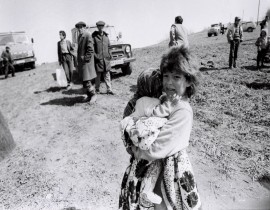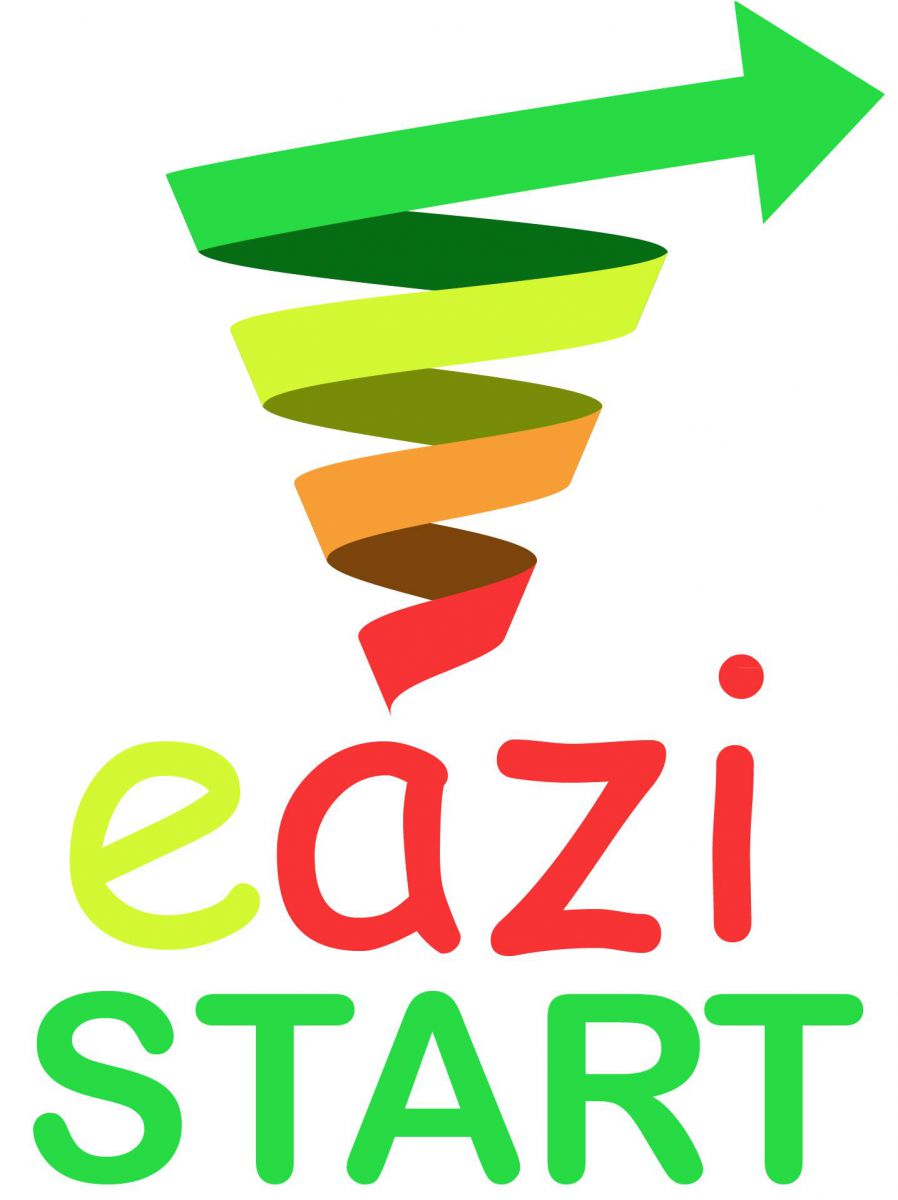Politicon.co
The turning point in the income distribution of Kazakhstan
The mass demonstrations, which started in early January 2022 as a protest against the rising fuel prices in Kazakhstan, spread to the whole country quickly. Of course, these protests had specific reasons and will have further domestic and foreign policy consequences. But many experts indicate that social injustice, unequal income distribution, and food inflation are primary and founding triggers from the domestic realm.
This short analysis briefly examines the central turning point in the income distribution of Kazakhstan. Interpreted are three critical indicators showing status and trends in income distribution, namely income share held by the lowest 20% of the population, income share held by the highest 20% of the people, and Gini index based on World Bank’s (WB) available estimation for 2001-2018.
.png)
Source: World Bank Data and author’s calculation
For WB’s definition, the income shares of the lowest or highest 20% of the population specify the portion of indicated subgroups of the people in the total national income or annual consumption. Gini index estimates the income distribution among persons and families in the national economy ranging from 0 (perfect equality) to 100 (complete inequality). Income share held by the lowest 20% of the population in Kazakhstan improved after 2001 till 2008 but had stalled in that year. The lowest quintile's income share had a 33% growth percentage for 2001-2007. But income share held by the lowest 20% had increased only 3% between 2008-2018. The income share held by the highest 20% of the population in Kazakhstan declined between 2001-2007 around 8%, but again the tempo had stagnation for 2008-2018 (less than 1%).
The Gini index had improved 16% in percentage growth between 2001-2007 and only 2% between 2008-2018. World Bank’s database has not yet contained the relevant data for 2019-2021, when further deterioration could happen because of lower energy prices in 2019 compared to 2018 and severe socioeconomic implications of the Covid-19 pandemic. But the crucial turning point and bifurcation occurred in 2008 when the improvements in the income distribution indicators of Kazakhstan were stuck. This finding partly contradicts the conclusions of the World Inequality Report for 2022 developed by World Inequality Lab that global income and wealth inequality slightly improved after the global financial crises in 2008-2009. But income-based social inequalities deepened within countries in particular regions. The recovery path in the global income gap (among the top 10% and bottom 50% globally) was derailed by the COVID-19 pandemic in 2020-2021. Suppose we abstract all domestic intra-elite clashes, regional disproportions, and external geopolitical factors. In that case, the social base for mass protests such as income-related frustrations in Kazakhstan (not only) could reflect accumulated specific trends after 2008. The COVID-19 pandemic worsened the cycle of stagnating the income and wealth gap that started in 2008 on sub-national and national levels within countries, accelerating a new wave of social unrest in the vulnerable regions.
Sources:
1. World Bank. 2021. The World Development Indicators. Kazakhstan. https://data.worldbank.org/country/kazakhstan
2. Lucas Chancel, Thomas Piketty, Emmanuel Saez, Gabriel Zucman. 2021. World Inequality Report 2022. World Inequality Lab. https://wir2022.wid.world/download/
![]()
- TAGS :
- Kazakhistan
- Economy
- TOPICS :
- Domestic affairs
- Economy
- Society
- REGIONS :
- Central Asia


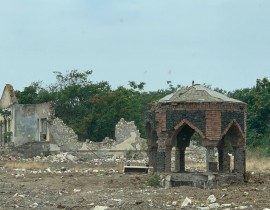
png-1748065971.png)
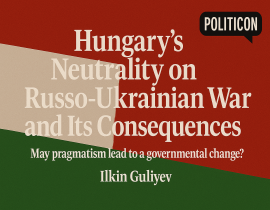

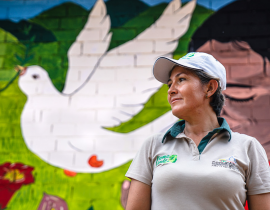
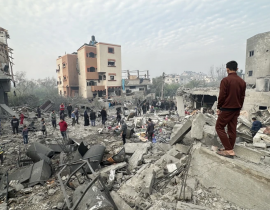
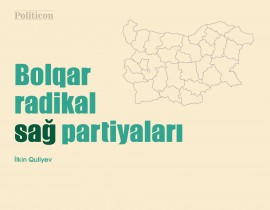
jpg-1599133320.jpg)
